The Cap Arcona Maritime Tragedy
The loss of life in the Cap Arcona sinking is among the highest in Maritime History.
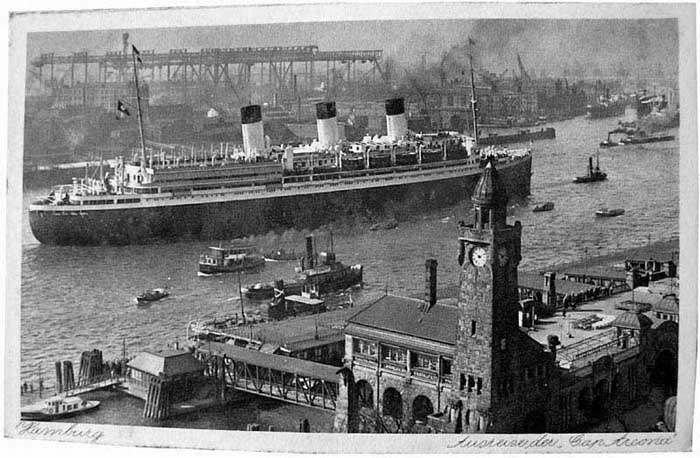
CAP ARCONA
Ctsy: BJORN LARSSON Collection
The Cap Arcona was a large German luxury ocean liner formerly of the Hamburg-South America line that was sunk with the loss of many lives when laden with prisoners from concentration camps.The 27,500 gross ton Cap Arcona was launched in 1927, it was considered one of the most beautiful of the time. It carried upper-class travelers and steerage-class emigrants, mostly to South America. In 1940, it was taken over by the Kriegsmarine, the German navy, and used in the Baltic Sea.
In the last few weeks of the war in Europe, the Swedish diplomat Count Folke Bernadotte, vice-president of the Red Cross, was organising the removal of Danish and Norwegian prisoners from German concentration camps to neutral Sweden — a scheme known as the White Buses. In practice the scheme also included other nationalities.
On April 26, 1945, the Cap Arcona was loaded with prisoners from the Neuengamme oncentration camp near Hamburg and was brought into the Bay of Lübeck along with two smaller ships, Athen and Thielbek. During these days, around 140 French-speaking, West European prisoners were transferred from the Thielbek to the Magdalena for transportation to hospitals in Sweden. This rescue operation was actioned by utilising information from British Intelligence, indicating their knowledge of the deportees on board.
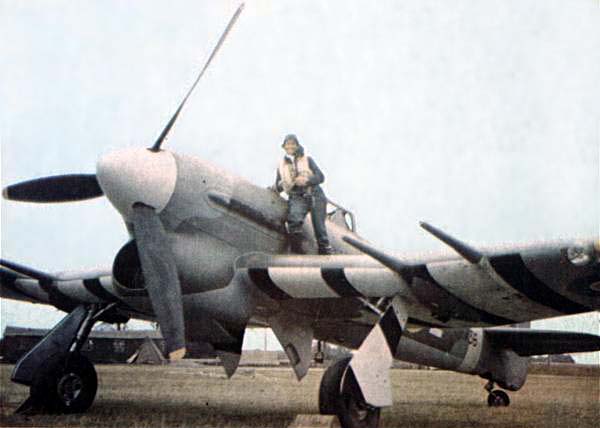
HAWKER TYPHOON RAF
Ctsy: Wikipedia
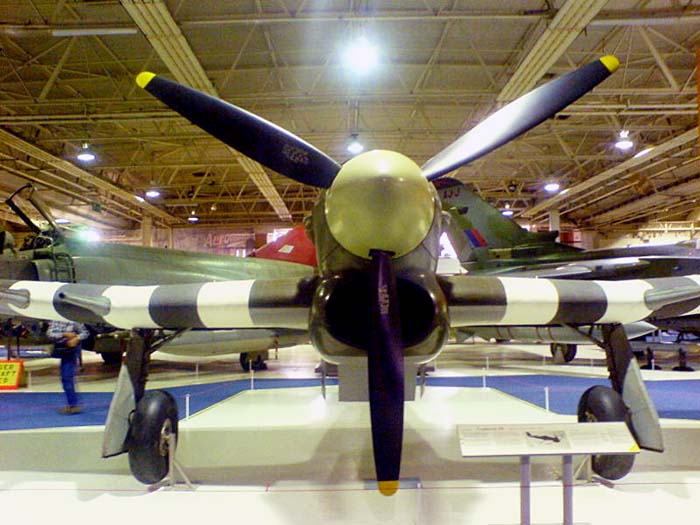
HAWKER TYPHOON RAF HENDON
Ctsy: Wikipedia
On May 3, 1945, four days after Hitler's suicide but four days before the unconditional surrender of Germany, the Cap Arcona, the Thielbek, and the passenger liner SS Deutschland ,converted to a hospital ship but not marked as such, were sunk in four separate, but synchronized, attacks by RAF Typhoons of 83 Group of the 2nd Tactical Air Force as part of general attacks on shipping in the Baltic.
Hawker Typhoon Mark 1B fighter-bombers used "60lb" rocket projectiles, bombs, and 20 mm cannon.
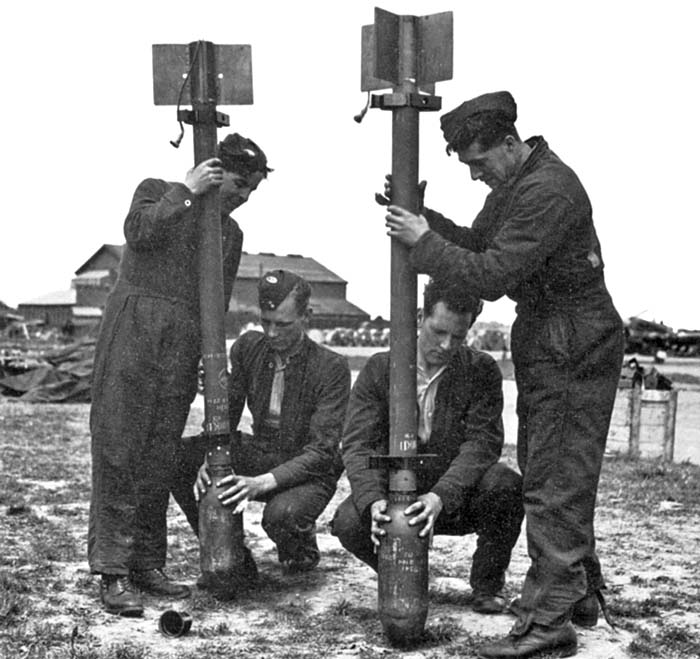
ATTACHING 60 LB WARHEADS
The survivors from the sinking who reached the shore were shot by SS troops, although 350 prisoners managed to escape from the massacre. Allan Wyse, formerly of 193 Fighter Squadron said "WE USED OUR CANNON FIRE AT THE CHAPS IN THE WATER….WE SHOT THEM UP WITH 20 mm CANNONS IN THE WATER.HORRIBLE THING BUT WE WERE TOLD TO DO IT AND WE DID IT. THAT’S WAR.”About 490 of the various guards, SS and crew were rescued by German boats.Photos of the burning ships, listed as Deutschland, Thielbek, and Cap Arcona, and survivors swimming in the frozen Baltic Sea were taken on a reconnaissance mission over Bay of Lübeck by F-6 aircraft of the USAAF's 161st Tactical Reconnaissance Squadron around 5:00 PM, shortly after the attack.
For weeks after the sinking, bodies of the victims were being washed ashore, where they were collected and buried in a single mass grave at Neustadt in Holstein. For nearly thirty years, parts of skeletons were being washed ashore, until the last find, by a twelve-year-old boy, in 1971.
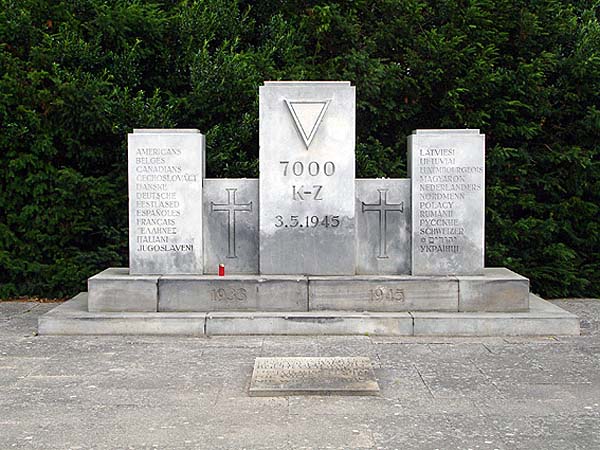
MEMORIAL TO CAP ARCONA VICTIMS
As a light rain began to fall on the afternoon of May 3, 1945, British soldiers of 6 Commando, 1st Special Services Brigade, searched the beaches of Neustadt, Germany, on the Baltic Sea for survivors. The bodies of men, women, and even small children lay by the hundreds on the sands. Offshore, under a gray, smoke filled sky, the soldiers could see the the still-smoldering hulk of the former luxury liner, the Cap Arcona, and scores of other damaged ships. A highly effective RAF bombing and rocket raid had destroyed the fleet and killed over 7,000 concentration camp inmates who had been imprisoned on the ships.
One soldier found a girl of about seven clutching the hand of a woman beside her. He presumed she was the girl’s mother. Both bodies were clad in black-and-white-striped wool garments of concentration camp prisoners. The heads and shoulders of floating corpses were visible just offshore, as victims of all ages drifted in. Even a full year later, the bodies were still washing up.
It’s a story no one would tell. The British
government ordered the records to be sealed for 100 years.
The sinking of one of the most glamorouse ocean liners of
the early twentieth century just had it’s 62nd anniversary,
appears in no history books. The governments of Germany and
Great Britain continue to to refuse either to discuss it or
release pertinent records. So another war atrocity remains
mostly a secret, like several other sinkings during the time
period. 7000 dead is an awfully lot to not even be able to
mention it, but that is the way wars are run.
Ctsy: Wikipedia